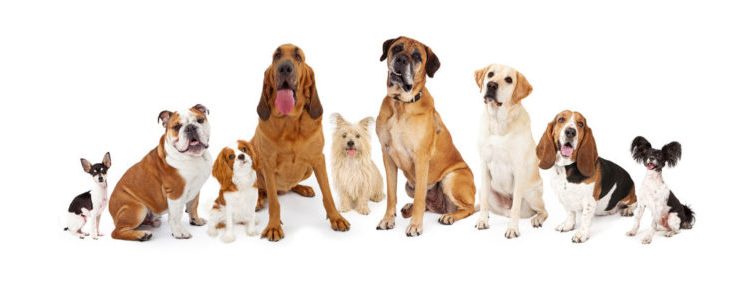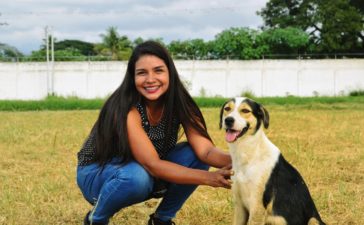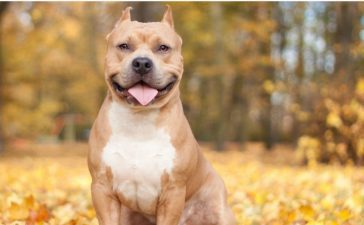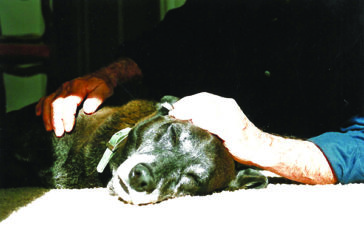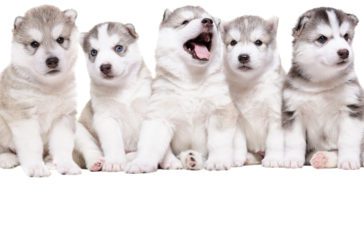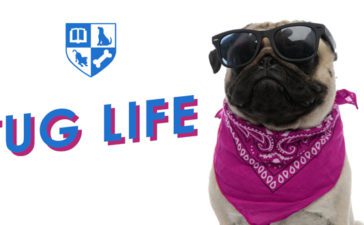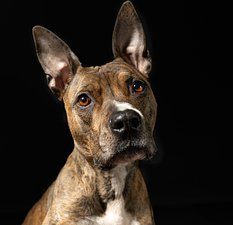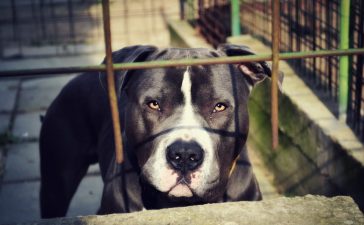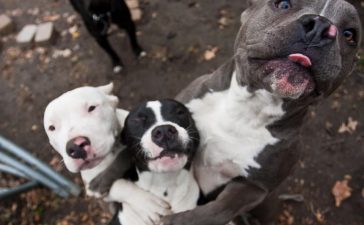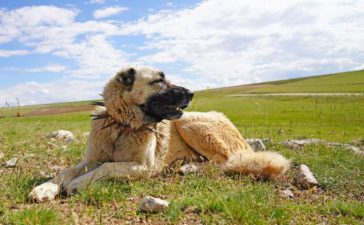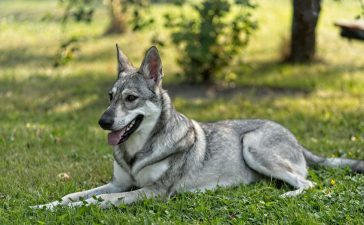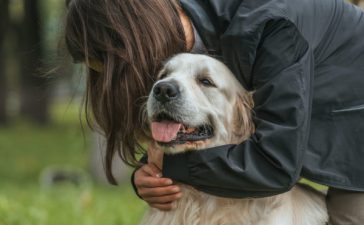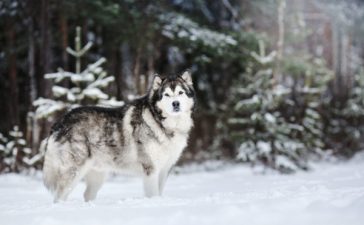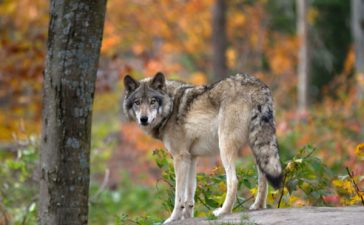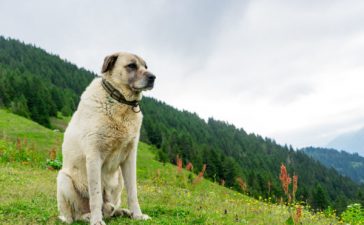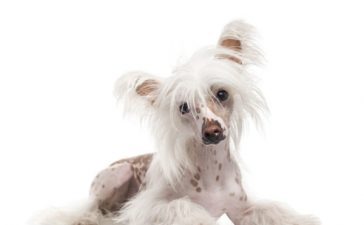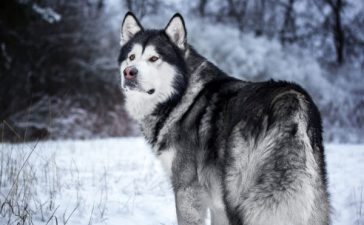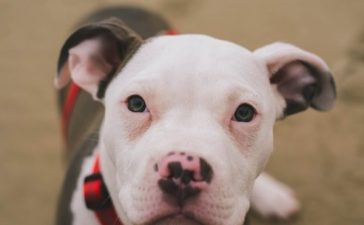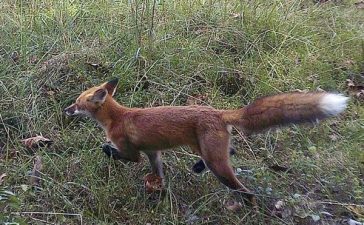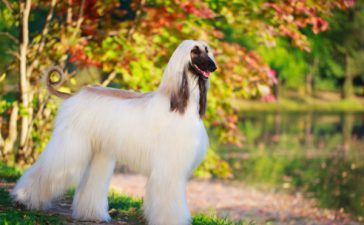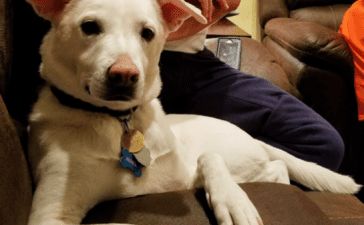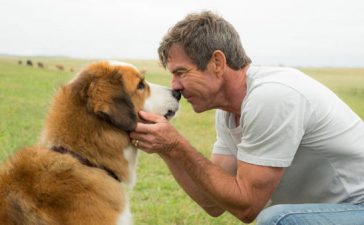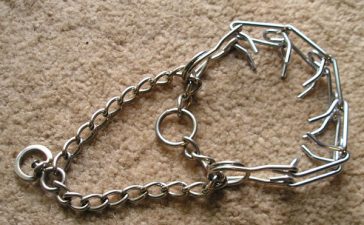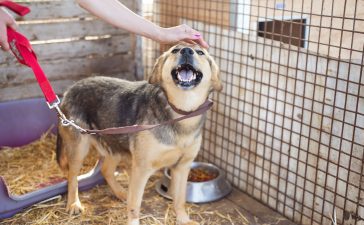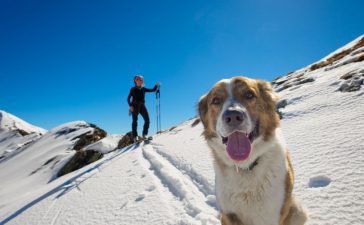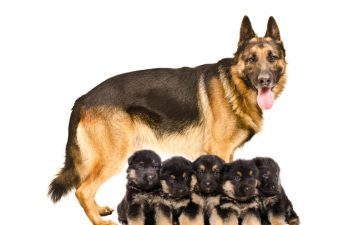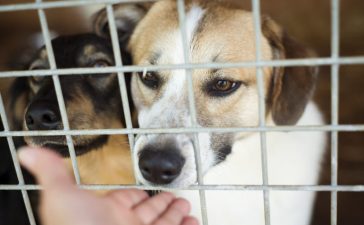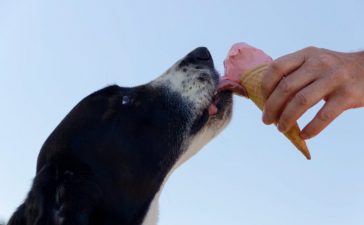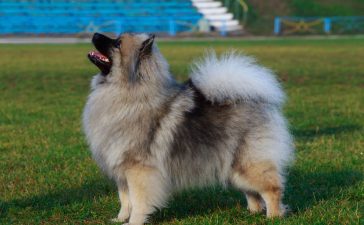We all know that dog is man’s best friend ― stories and tales have told us this since what feels like forever, and anyone who has had a dog can attest to it. But how long has this actually been the case? How long have we as humans had dogs in our lives? How did dog evolution create the near-symbiotic relationship we have today?
Going back to the very beginning seems like the most straightforward approach ― the beginning here being roughly 30,000 years ago. That’s around when dogs are believed to have split from wolves. That’s when their path went to evolve in ways more closely related to those of humans, rather than those of their peers. A dog-like skull has been discovered in the Siberian Mountains, suggesting that the first dogs were domesticated from gray wolves as early as 33,000 years ago. Scientists still disagree on an exact timeline. One thing that they do agree on, however, is that by 10,000 years ago, dogs were firmly a part of human society.

Some studies have found that the wild dogs of Southern China may have been the first domesticated canines; DNA from gray wolves and various dog breeds have suggested as much. The Chinese dogs may be the missing link in dog evolution and domestication. Research puts their split from gray wolves at about 32,000 years ago, which aligns well with the findings in the Siberian Mountains. Since then, dog evolution has been gradual. There haven’t been any decreases in dogs over time, which suggests that they’ve pretty much always been here.
How and why?
Aside from this general idea, there are three main theories of dog evolution and how dogs became domesticated, eventually leading to the incredible variation we see today.
The first theory has long been the prevailing one; wolves, at some point, started enjoying the scraps of what humans hunted and caught. Then, they slowly made their way into our caves, communities, and lives. The idea is that humans from around that point deliberately started domesticating and training these canines, eventually turning them into loyal, cooperative companions.
The second theory caused some controversy when it was first introduced; dogs and humans lived alongside each other. Seeing the similarities in their respective ways of hunting and living, they eventually saw the benefits of forming some kind of alliance. In other words, this theory states that dogs domesticated themselves, just as much as humans played a part. It states that this process required the participation of both parties to become successful, over time. Emotional bonds must have formed between wolves and humans for this to happen. The idea of creating a submissive pet out of a predator like the wolf is unlikely to many scientists. It seems strange to assume that an apex predator would scrounge for scraps and ingratiate themselves with humans, especially considering that canines are intelligent and sociable creatures. They are much more likely to have seen potential in cooperation; more food, protection, and shelter.
Two domestications
Yet another theory is a perhaps less-known one; dogs have been domesticated more than once, throughout history. This is based on remains of European dogs having been dated as 3,000 to 14,000 years old. Another example is the full genome of a 4,800-year-old dog that was found beneath the prehistoric monument at Newgrange, Ireland. Comparing these genomes with many wolves and modern dog breeds suggests that dogs were ― as previously stated ― domesticated in Asia, at least 14,000 years ago. But then their lineages split into Western Eurasian and East Asian dogs. So far, this seems in line with the other theories. But since dog fossils apparently older than this have been found in Europe, it’s believed that wolves may have been domesticated twice. The European branch just didn’t survive to contribute much to the dogs we see today. The presence of older fossils in both Europe and Asia, as well as the lack of dogs older than 8,000 years in between those regions, supports this theory.
Where theories agree
While the timeline of dog domestication may differ in this third theory, the question of how is answered much the same way as in the second. Wolves would have likely been aggressive toward humans, but some would have been friendlier. This would have, in turn, allowed them to see the benefits of allying themselves with humans. Another aspect of animals becoming “friendlier” as they are domesticated, is a physical change. Basically, they become cuter. This explains why dogs have such a huge variation in appearance today. It explains how they first had physical differences apparent enough to focus on and breed into specific groups and types. Dogs also display a very high level of motivation to seek out human contact and companionship. This is a trait which must have existed in the wolves that first aligned themselves with their human neighbors. This supports the previous theory of dogs essentially domesticating themselves, rather than simply having been domesticated by us.
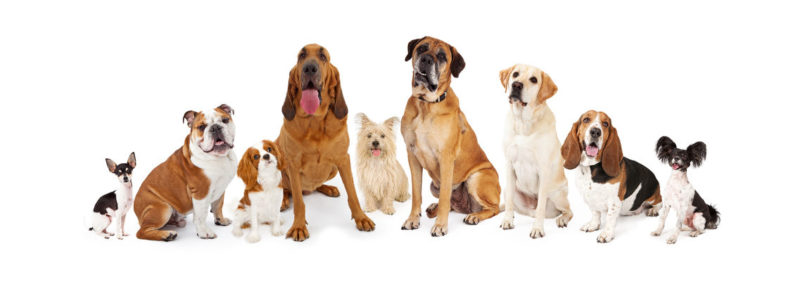

Man’s Best Friend
Clearly, there are some disagreements on the how, when, and why in regard to dog evolution and domestication. It is obvious, however, that there have been many changes over the years. Aside from just physical appearance and general friendliness, dogs and humans have learned to read each other’s facial expressions, for instance. When faced with a difficult problem, dogs will turn to their human companions rather than solve it themselves. Meanwhile, wolves will physically try to solve the problem on their own. The emotional bonds we form with dogs resemble those between a parent and a child, which leads to a very intimate relationship. In a way, thanks to this, we can learn some things about human cognition by studying dogs.
Man’s best friend is, in short, more than just an expression. For thousands of years, dogs have lived with us, hunted with us, been part of our families. They have evolved to communicate with us in a way more effective and effortless than that of any other animal. They love us as we love them, and it’s a unique kind of relationship that simply makes our lives better.

